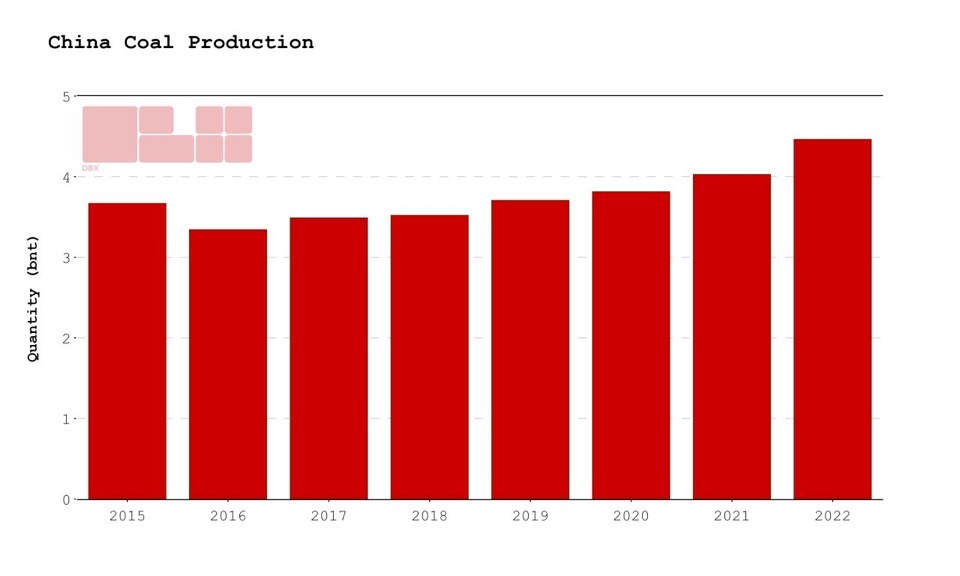

World coal market for this week, some key developments. Rising daily temperatures in a number of European countries, lower gas quotes and high EU carbon prices weakened thermal coal indices in Europe below 70 USD/t.
Warm winter in Europe led to a decline in the volume of generation, produced by thermal power plants. TTF gas indices fell to 18.27 EUR/MWh (-1.19 EUR/MWh or -6.1% to January 20,2021) due to a decrease in daily energy consumption in the European countries, where Covid-19 restrictions were prolonged.
The price of the EU carbon quotas remains at multi-year highs of 33.22 EUR/t (+0.40 EUR/t or -2% to January 20, 2021).
The reason behind the surge in prices was the decision of the European Union to reduce greenhouse gas emissions by 55%. Traders expect that to implement this program, the European Union will need to tighten fossil fuels regulations and decrease the number of emission quotas issued.
On January 25, 2021, the EU has adopted the concept of energy diplomacy, aimed at promoting green energy in the world. The main goal of the EU energy diplomacy is to accelerate the global energy transition by promoting energy efficiency and the development of renewable energy technologies.
The EU will also support all efforts to reduce carbon emissions and lower investments in projects for the development of traditional third countries’ energy sources if they are not created with using mechanisms to minimize the negative impact on the environment. In 2019 the EU spent 2.9 billion EUR on the promotion of the green agenda.
Indian and Pakistani cement companies lowered coal imports from South Africa due to high prices for the material. However, market participants believe that a further decline in quotes from the current range of 85-87 USD/t will allow Indian consumers to return to the South African market.
In 2020, coal exports from Richards Bay terminals decreased to 70.2 mio t (-2.0 mio t or -2.8% to 2019), of which 92% or 64.3 mio t were exported to Asian countries.
Most of the Asian imports were associated with India (36.8 mio t) and Pakistan (12.8 mio t).
According to the National Bureau of Statistics of China, 1.06 billion t of coal were produced in one of the key Chinese coal-producing provinces of Shanxi in 2020.
As a result of the local administration’s policy to reduce outdated mining capacity, all coal mines with an annual capacity of less than 0.6 mio t were shut down.
The decline in the trading activity of Chinese companies due to the increase in average daily temperatures in China had a negative impact on the quotes of the Indonesian material.
Market participants believe that Indonesian coal indices became dependent on the Chinese market conditions. China’s total coal imports from Indonesia totaled 26.31 mio t in December 2020 (+21.91 mio t or +500% to November 2020).
The growth in steel demand of enterprises in Asia-Pacific countries due to the resumption of large construction projects strengthened the quotes of metallurgical material from Australia.
In 2020, Japan’s steel production fell to 83.19 mio t (-16.2%) amid measures against the spread of Covid-19. Steel production in Germany dropped by 10% to 35.7 mio t.
Source: CAA Analytics
Follow on Twitter:
[tfws username=”CAA_Analytics” height=”700″ width=”350″ theme=”light” color=”#FAB81E” tweets=”2″ header=”yes” footer=”yes” borders=”yes” scrollbar=”yes” background=”yes”]













